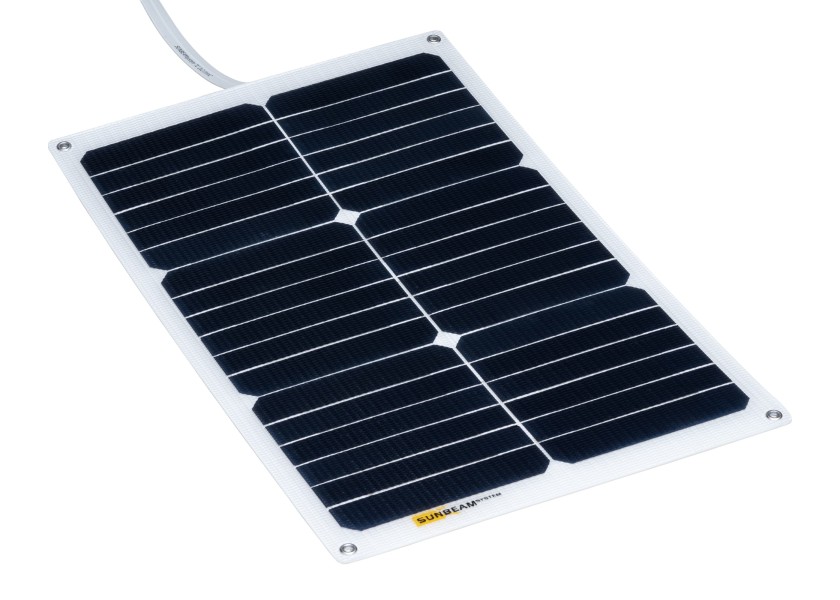The United Kingdom is facing a considerable challenge in the development of solar energy due to the persistent congestion of the national electricity grid. As more and more companies invest in photovoltaic installations, connecting these new installations to the grid can take up to 11 years. This prolonged wait poses a major hindrance to the integration of renewable energies into the UK’s energy mix, thus compromising the achievement of national targets for reducing carbon emissions. Deep reforms and a reorganization of the queue management system are becoming urgent to alleviate this bottleneck.
The United Kingdom is encountering significant delays in connecting its solar power plants to the electricity grid. Major projects, such as Stellantis’ electric vehicle factory in Ellesmere Port, must wait until 2035 before they can transmit their surplus clean energy to the national grid. This wait makes it difficult to achieve the goal of reducing carbon emissions by 2038 and jeopardizes the country’s aspiration to double and triple its onshore and solar energy capacity by 2030. The connection blockages are also slowing down essential sectors such as housing and industrial site construction. A reform of the connection allocation system is deemed essential to prevent this bottleneck from further affecting the country’s energy ambitions.

The Challenges of Connecting Solar Power Plants to the British Grid
The connection of solar power plants to the British electricity grid is experiencing significant delays. These delays, which can extend up to 11 years, are partly due to a queue management system developed at a time when very few renewable projects were knocking on network operators’ doors. Today, with a queue of over 700 gigawatts of new energy projects, the waiting times have considerably increased, forcing many viable projects to be blocked by so-called “zombie” projects.
In addition to this, companies wishing to implement solar projects sometimes do not even have the necessary land, further complicating connection procedures. This lack of preparation and adequate land ownership contributes to the overall congestion of the network and complicates the process for more realistic and funded projects. For more information, see this detailed report.
The Impact of Connection Delays on the British Economy
Delays in connecting solar power plants have a concerning effect on the British economy. Indeed, barriers to connecting new installations jeopardize the government’s aim to double onshore wind energy, triple solar energy, and quadruple offshore wind energy by 2030. The lack of connection is considered a genuine infrastructure crisis by several local leaders. Sectors such as logistics, which depend on the rapid deployment of new energy sources, see their development hindered, also delaying industrial decarbonization.
Need for Reforms and Investments to Unlock the Situation
To unlock this situation, it is imperative to carry out in-depth reforms of the electricity grid. This could include accelerating certain clean energy technologies that are more ready for deployment and reshaping current rules to prioritize the most advanced projects. The National Energy System Operator (Neso) is working hard to formulate proposals that could be presented to Ofgem next year. For more information on solar connectivity in Great Britain, see this technical study.
Articles similaires
Thank you!
We will contact you soon.














